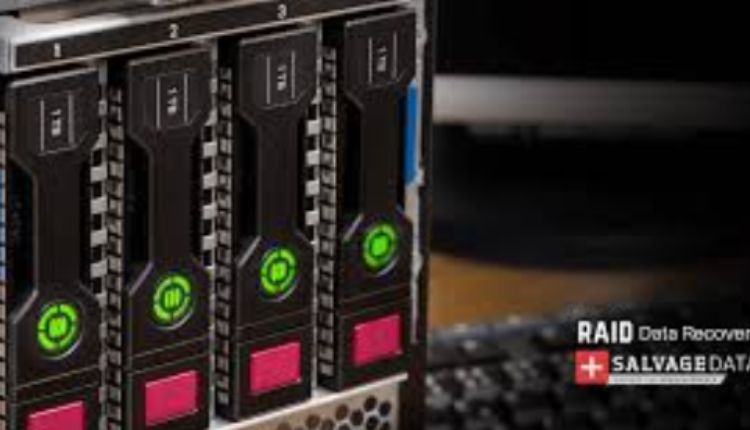RAID 2 recovery services are an essential yet rarely discussed topic in the field of data management and storage. Despite being an uncommon configuration among RAID systems, understanding and employing recovery services for RAID 2 can prove crucial for businesses or individuals relying on this setup. The importance of these services can be explored in detail, particularly from a technical standpoint. For those requiring immediate assistance, raid data recovery provides expert solutions to critical data loss scenarios.
The concept of RAID, which stands for Redundant Array of Independent Disks, is well-known in the realm of computing. It integrates multiple physical disk drives into a single logical unit for redundancy, improved performance, or both. Among the myriad RAID levels from RAID 0 to RAID 6 and beyond, RAID 2 is quite unusual. It utilises bit-level striping with dedicated Hamming code parity. Each bit of data is split across multiple disks, with additional drives dedicated to error checking and correction. This technology dates back to the early days of RAID technology when reliability and error detection were of paramount importance, especially relating to magnetic and optical disk storage mediums.
Although RAID 2 offers robust error correction through Hamming code parity, it is resource-intensive and incurs large overheads. Its rarity in practical applications makes it nonetheless intriguing. Given its design, RAID 2 theoretically allows for the reconstruction of data even if multiple disks fail, assuming that the disks storing the parity and Hamming code data remain intact. However, its resource demands have led many modern storage systems to favour other RAID configurations that are more efficient and affordable. Yet, some legacy systems, research institutions, and niche applications may still employ RAID 2, making understanding its recovery process crucial when data loss occurs.
Recovering data from a RAID 2 system can be far from straightforward. It requires an in-depth understanding of its architecture, primarily the way data and parity are distributed across the disks. This complexity means data recovery specialists must use custom-built tools and techniques to decipher and reconstruct data accurately. Data loss in RAID 2 environments can arise from several factors, such as mechanical failure, human error, software anomalies, or even external damages. In these instances, having access to knowledgeable recovery experts can be the difference between a complete data restoration or a catastrophic loss of critical information.
A vital aspect of RAID 2 recovery involves accurately rebuilding the Hamming parity information alongside the data. This task is particularly challenging due to RAID 2’s intricate process of data encoding, which requires adept professionals to decode efficiently. The rarity of these systems also means fewer people are specialised in dealing with their failure modes. Consequently, seeking out a data recovery service with specific expertise in RAID 2 can save both time and resources in emergency situations.
Beyond the technical skills required for RAID 2 recovery, there’s also a significant emphasis on data integrity and confidentiality during the recovery process. Experienced firms usually provide a comprehensive and secure approach to managing sensitive data, ensuring it remains protected during every stage of recovery. Trusting experts who understand the necessity of preserving data integrity is important, and reassurance should be sought by verifying the credentials and success rates of service providers.
In conclusion, while RAID 2 may not be a common choice among current RAID configurations, its existence in certain applications requires an adept understanding of its recovery process. It stands as a testament to the early ingenuity of data storage architectures and remains a niche, yet critical area within the data recovery landscape. Should you find yourself navigating the complexities of a RAID 2 failure, turning to specialised RAID 2 recovery services is a logical and necessary step to protect and restore valuable data assets.






